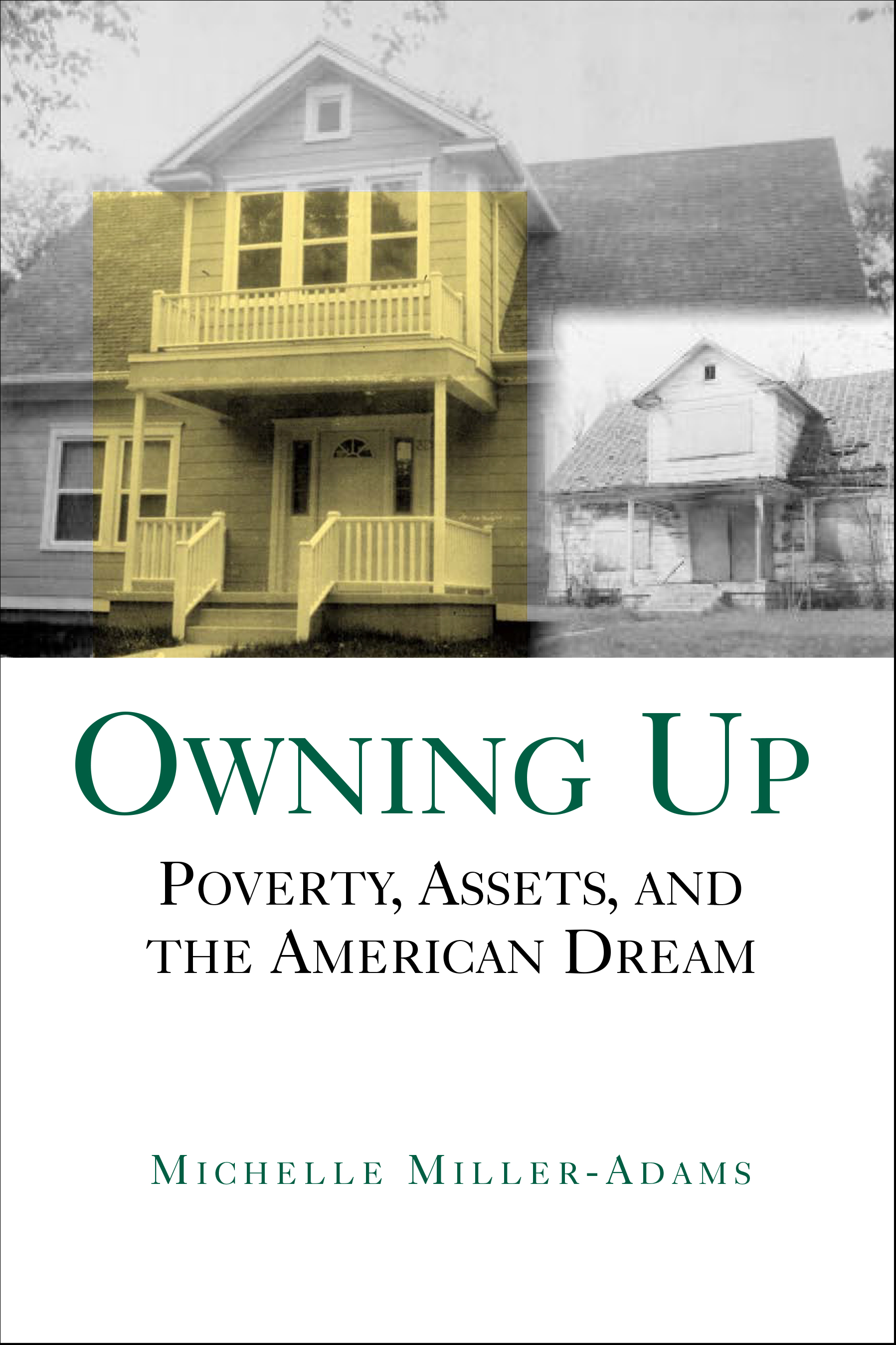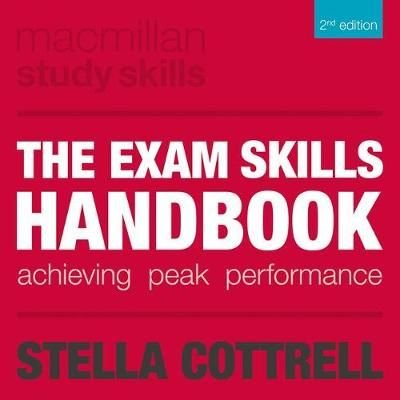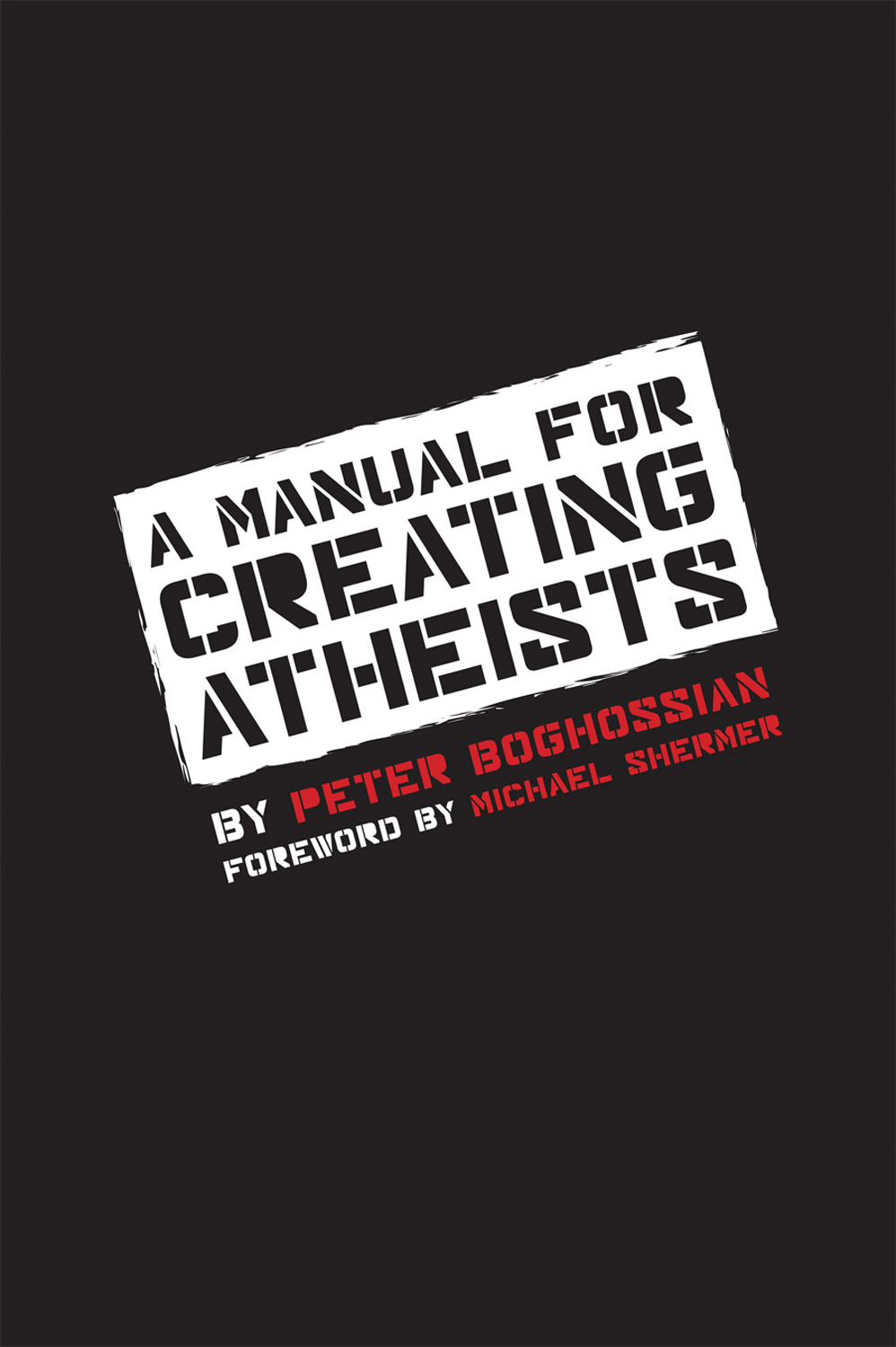Despite the recent success of welfare reform in moving people off public assistance and into jobs, most of America’s working poor are still unable to accumulate even the most minimal of assets. Even when they are getting by, they lack many of the resourcestangible and intangiblethat provide middle-class Americans with a sense of security, stability, and a stake in the future. In Owning Up, Michelle Miller-Adams demonstrates how asset-building programs, used in combination with traditional income-based support, can be an effective means for helping millions of American out of poverty. Miller-Adams expands the traditional concept of assets to encompass a range of tools, experiences, resources, and support systems that are necessary if asset building is to serve as an effective anti-poverty strategy. She identifies four types of assets that can represent sources of wealth for low-income individuals and communities: economic human social, and natural assets. Economic assets include equity, retirement savings, and other financial holdings. Human assets include education, knowledge, skills, and talents. Included among social assets are the networks of trust and reciprocity that bind communities together. Natural assets include the land, water, air and other natural resources we depend on for survival. Owning Up also examines five organizations at the forefront of building assets for the poor. Their stories are told through the eyes of individuals whose lives they have helped transform. These organizations have all developed effective strategies for building assets, and Miller-Adams identifies them as models to be emulated elsewhere. The profiled organizations include: Neighborhoods Incorporated of Battle Creek, Michigan. Its innovative strategies seek to increase home ownership and promote neighborhood revitalization in poor communities. The Watershed Research and Training Center. This local organization strengthens the natural resource-based eco












